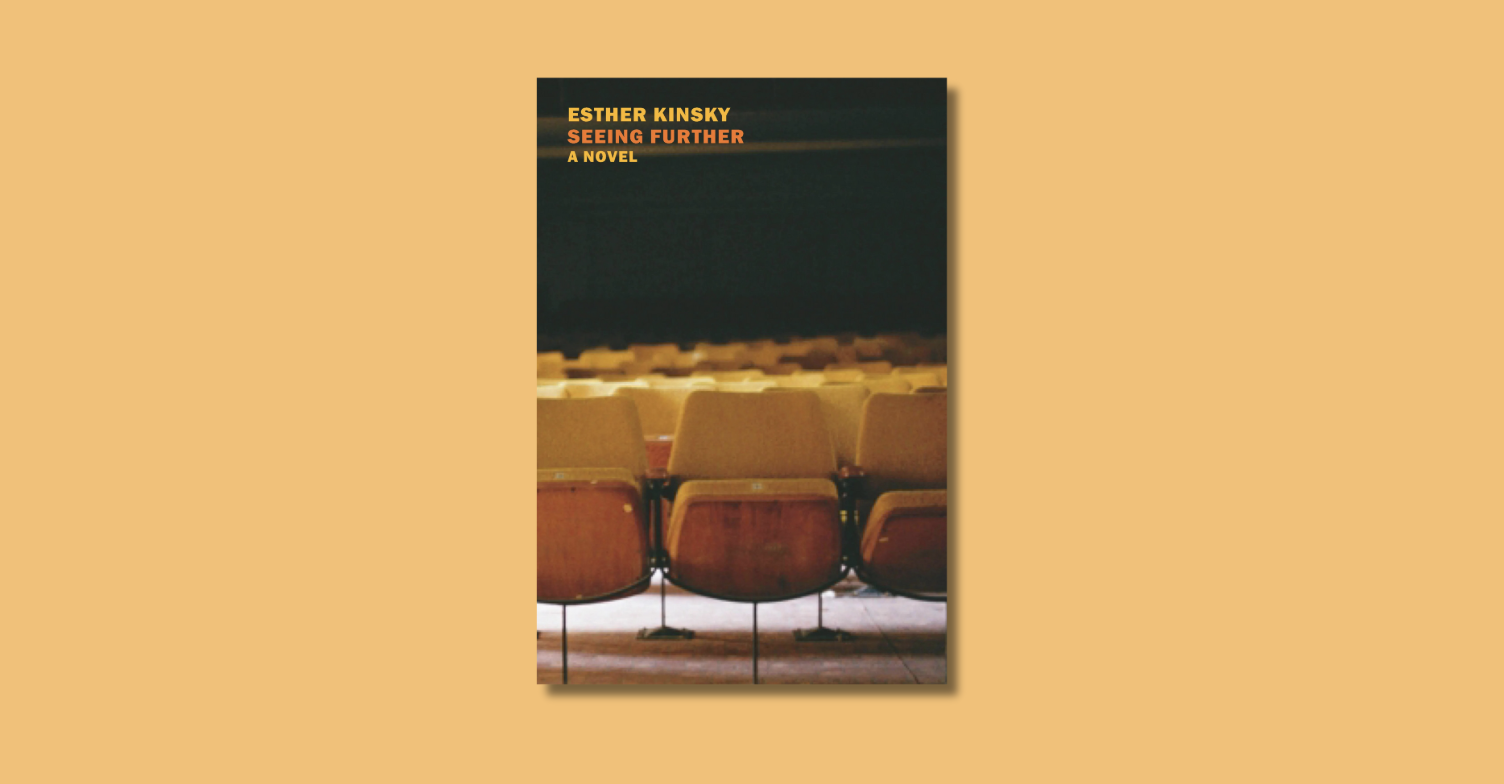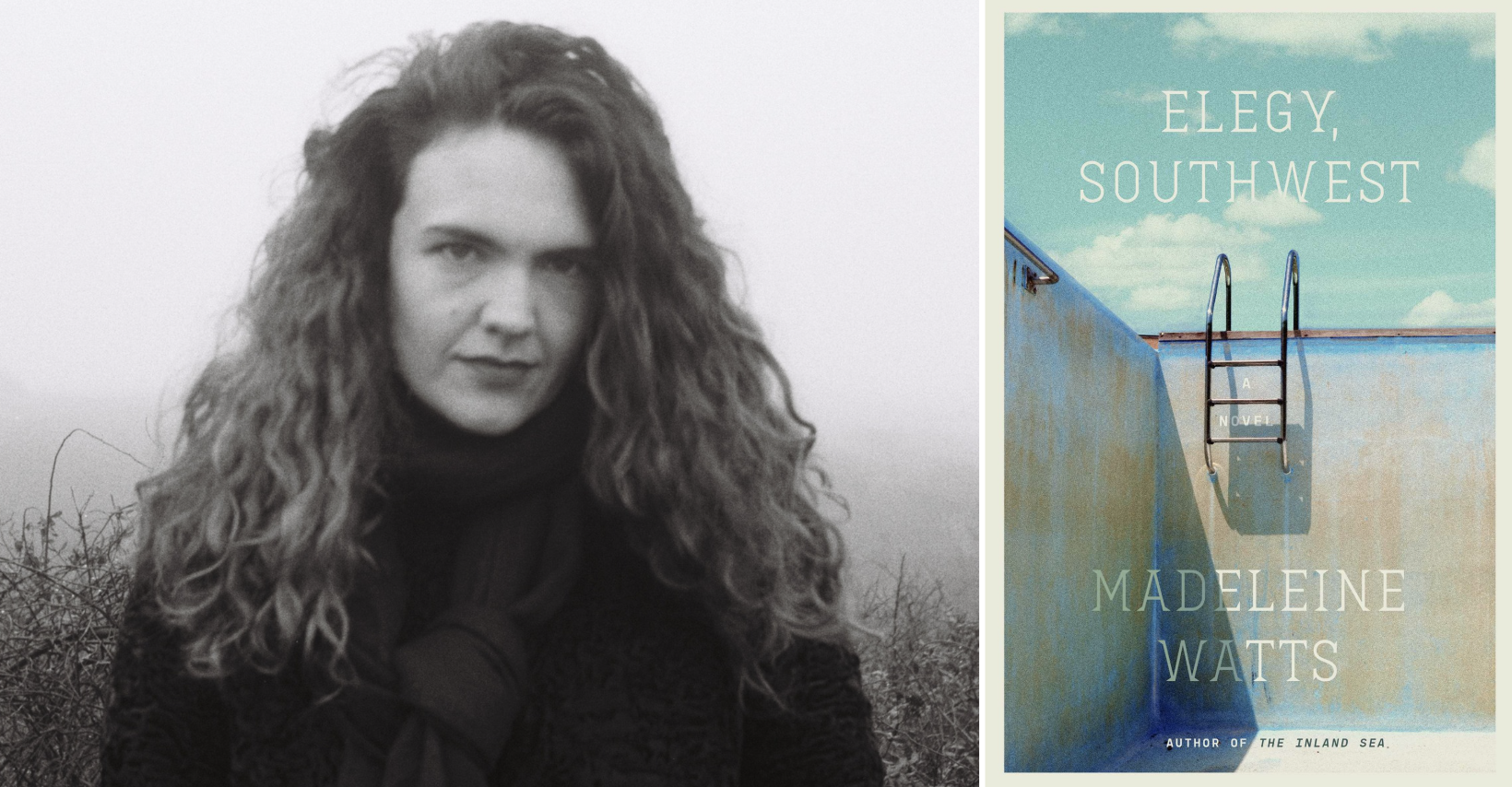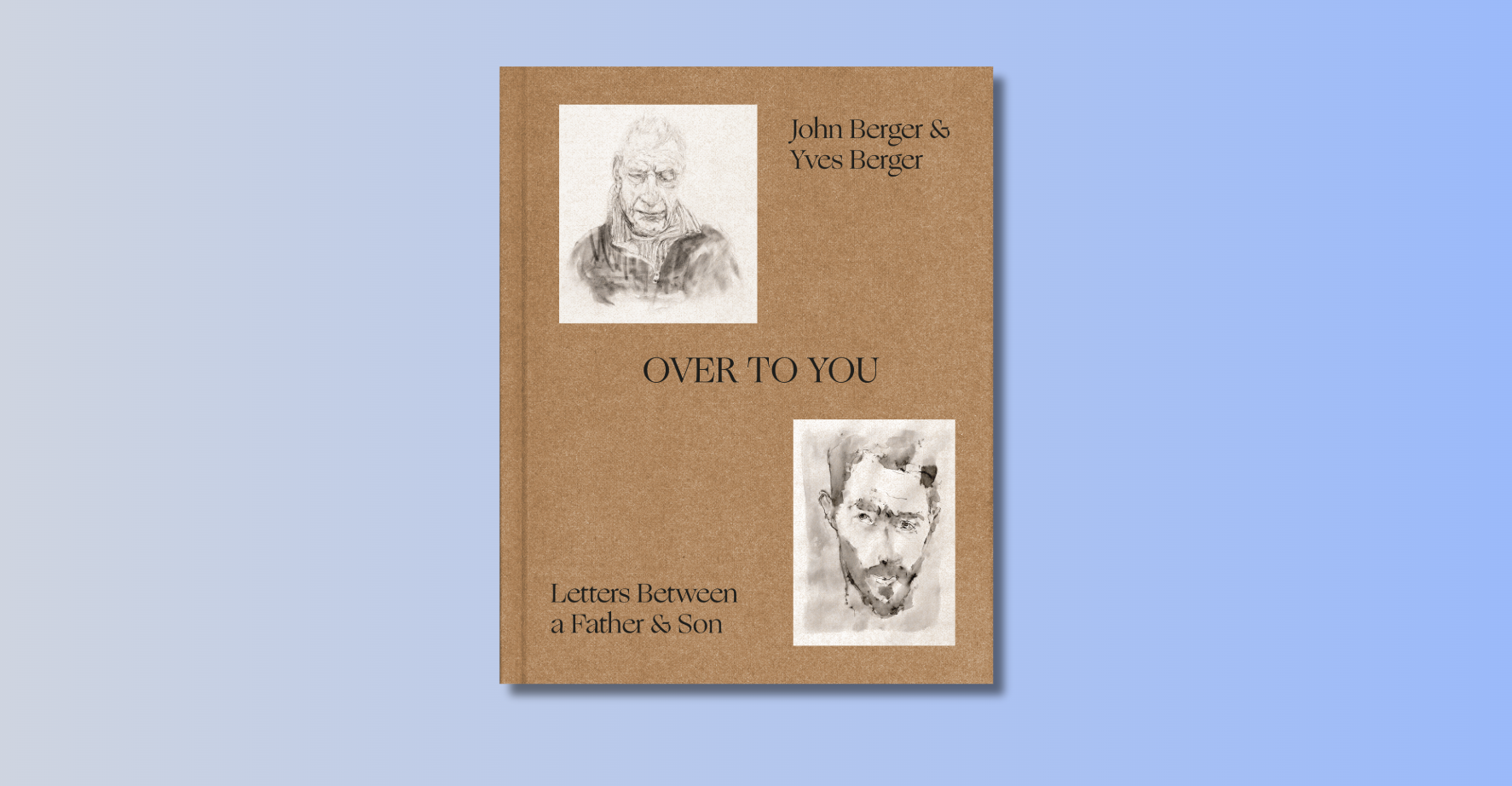Books aren’t too long, they’re too big. They don’t fit in your pocket or purse. You have to cram them into backpacks or shove them under your arm. And I’m not even talking about hardcovers (I can’t afford those); I’m talking about these big paperbacks. Sure, some of them look pretty but wouldn’t it be great to have a paperback stowed in my jacket pocket, ready for an idle moment? If you’ve ever been to a used book store, you’ve seen that they used to make books like this, small and pocket-sized. These books weren’t limited to the mysteries, romances, and mega-bestsellers that garner “mass-media” releases these days. On my bookshelves I have editions of The Moviegoer by Walker Percy, Invisible Man by Ralph Ellison, The Sirens of Titan by Kurt Vonnegut, and The Heart Is a Lonely Hunter by Carson McCullers, for example. They aren’t the editions you’ll find by clicking the links I’ve provided, instead they fit very nearly in the palm of my hand. I’ve always been enamored by those little books, the Dells, the Bantams, the Penguins and the rest, but I’ve been thinking about these little books a lot more of late because I spend a lot of time on public transportation these days. And, frankly, it’s a pain to maneuver a big book around on a crowded bus or train. It’s no fun trying to extricate my book from my bag only to cram it back in hastily when I arrive at my destination. I can tell my fellow travelers experience the same difficulties, too. I would make a plea for publishers to bring back the pocket-sized books that I love, but I know that probably won’t happen. I’m told that publishing company consolidation in the 1980s and an ever-growing concern for the bottom line have made that impossible. But if you want to relive the glory days of the paperback, take a look at these very cool sites: The Paperback Revolution (a stunning presentation of the glory days of the paperback book) and Edward Gorey’s legendary covers for Anchor books (read the article and then click the link at the bottom to see the covers).








